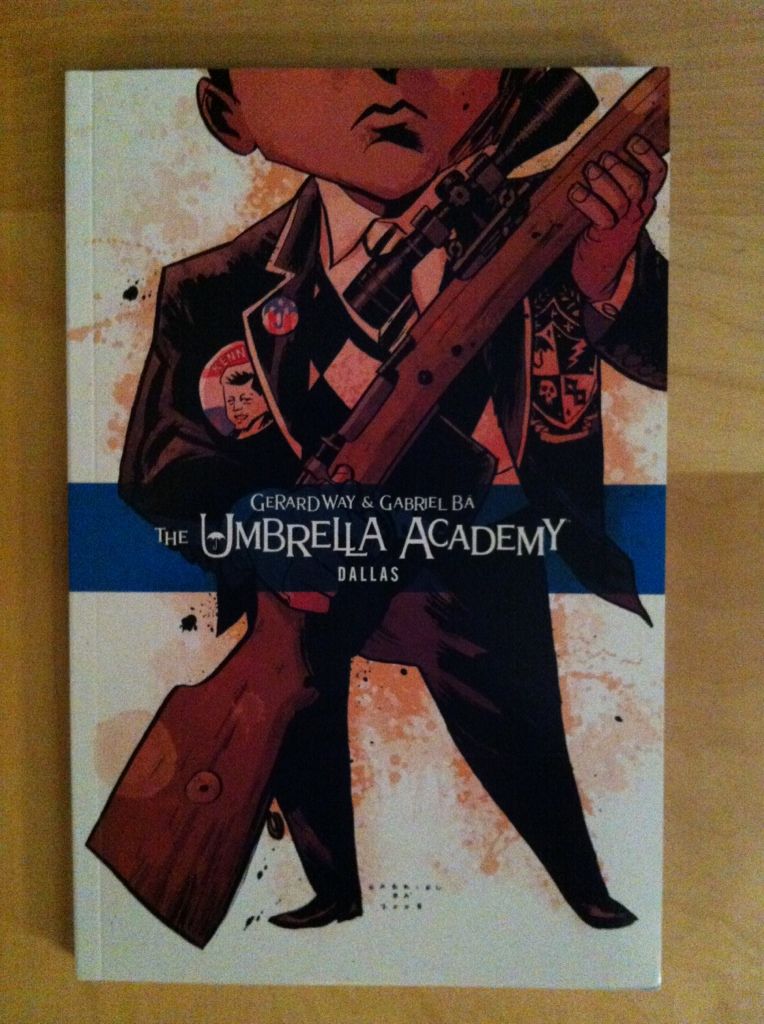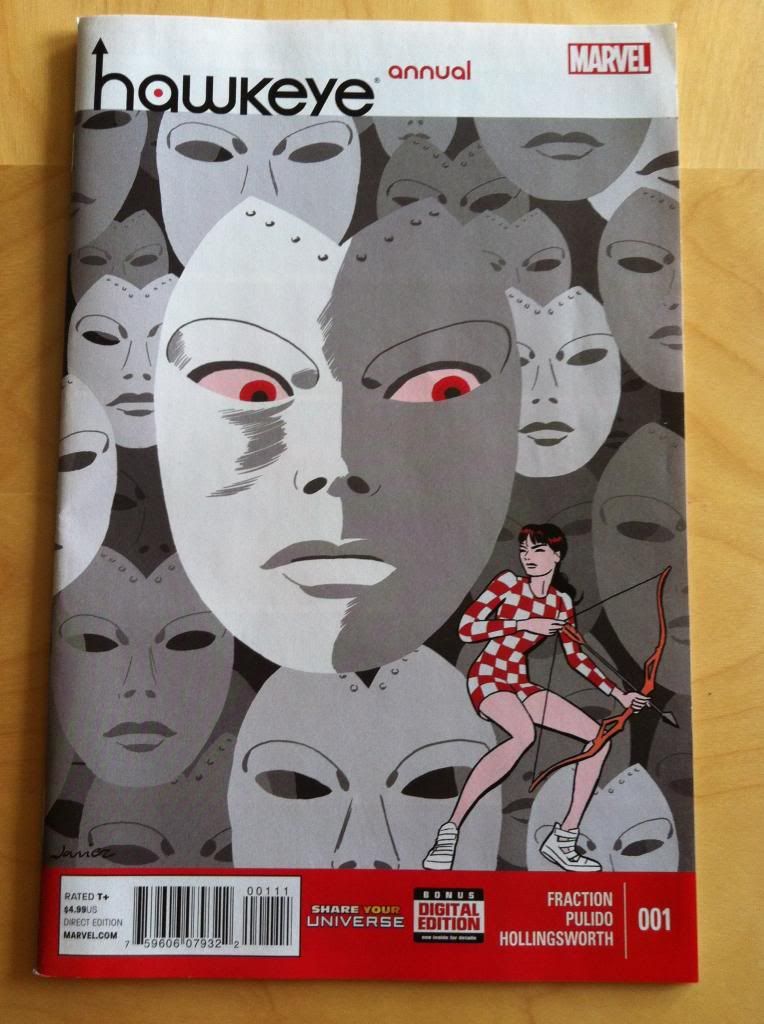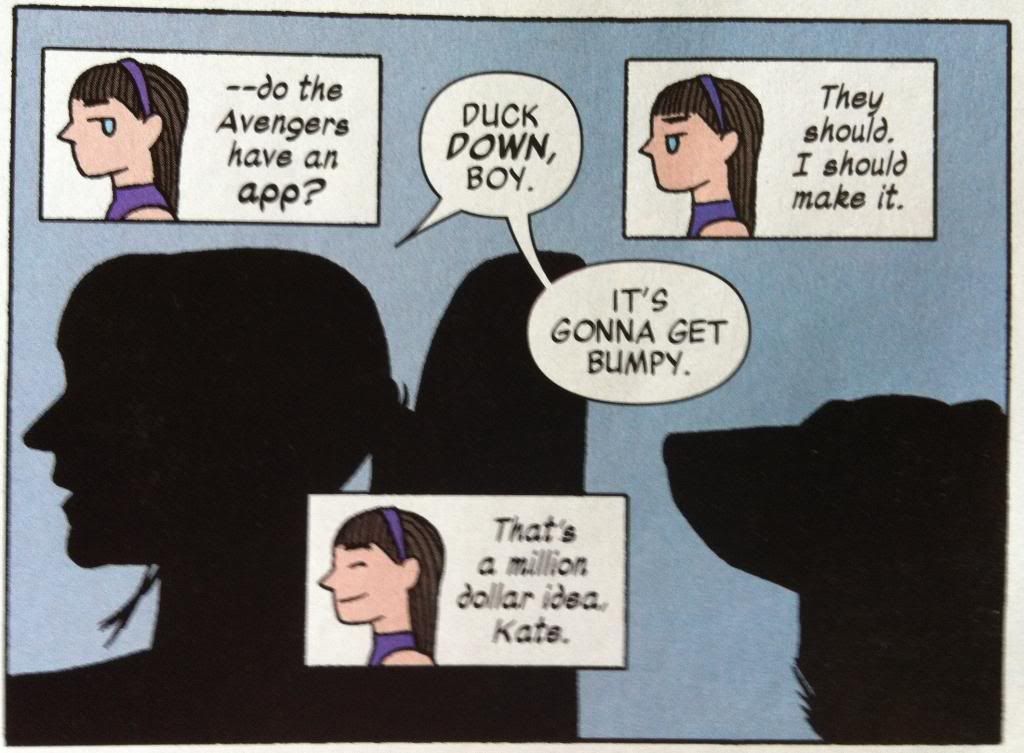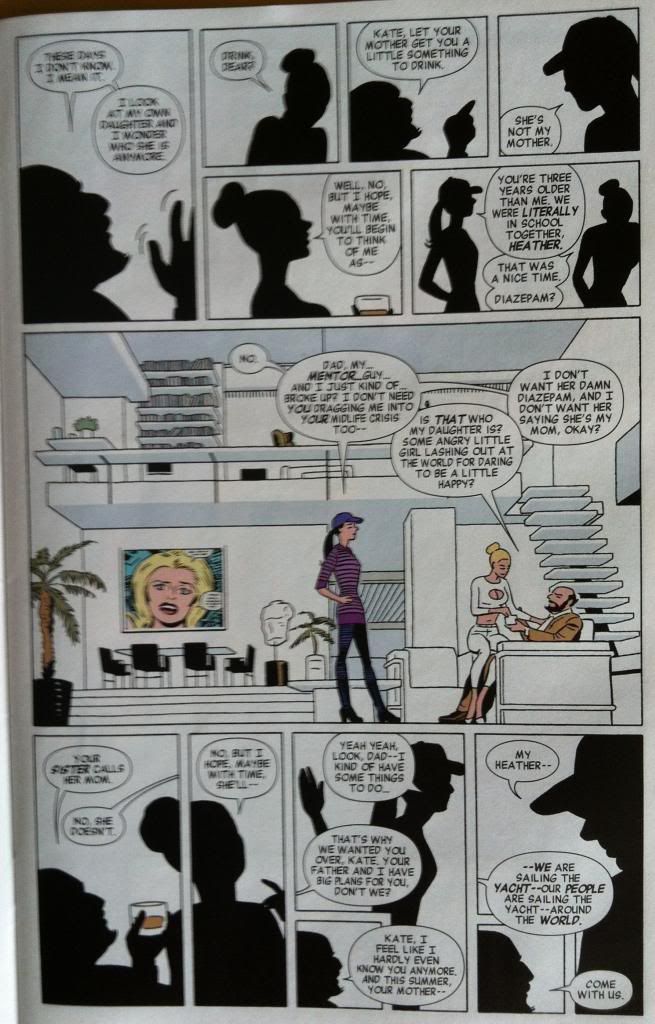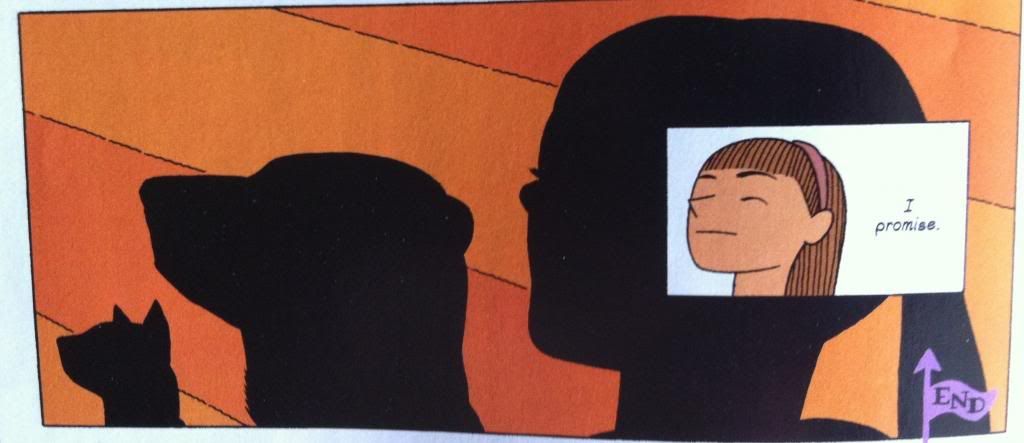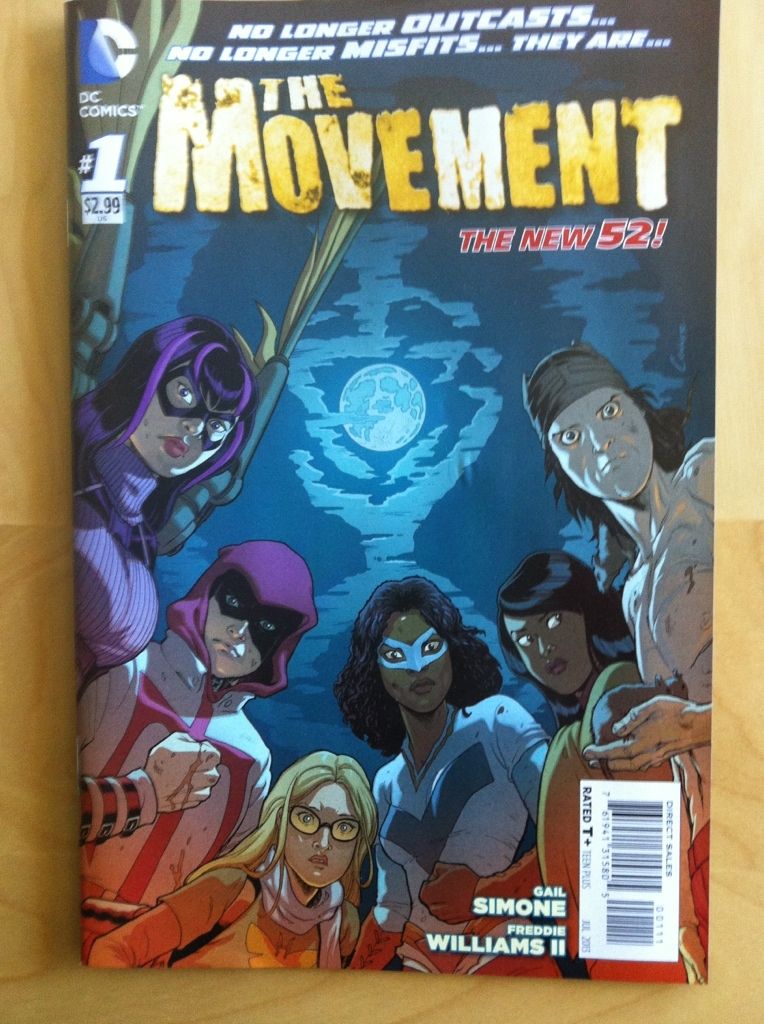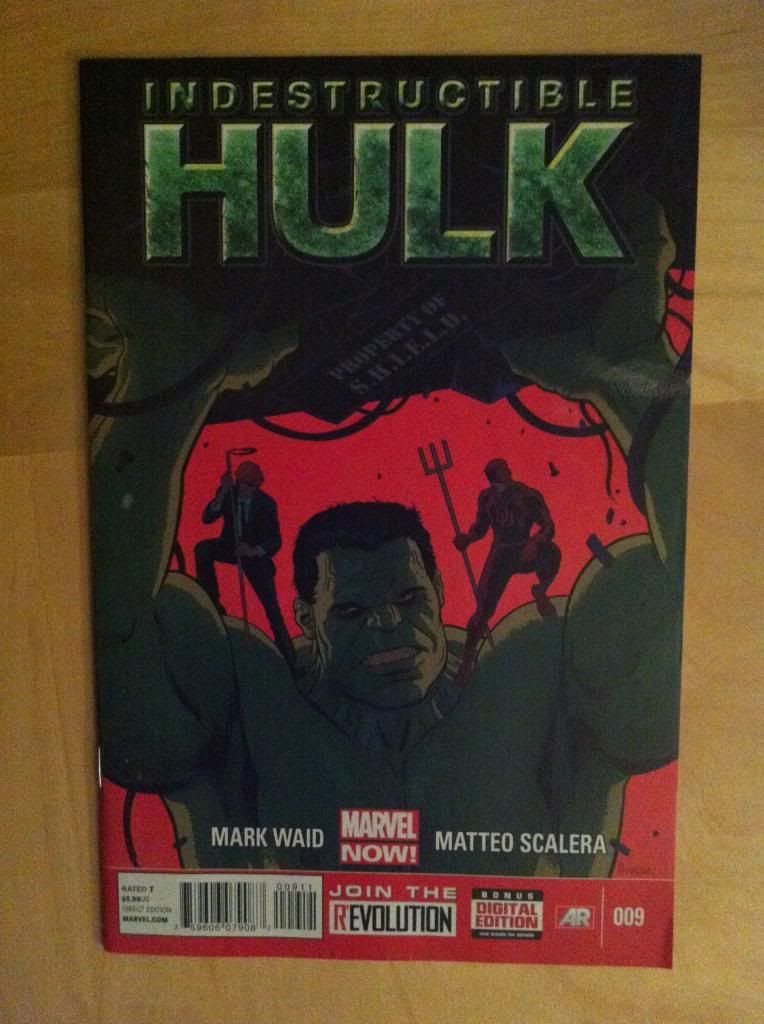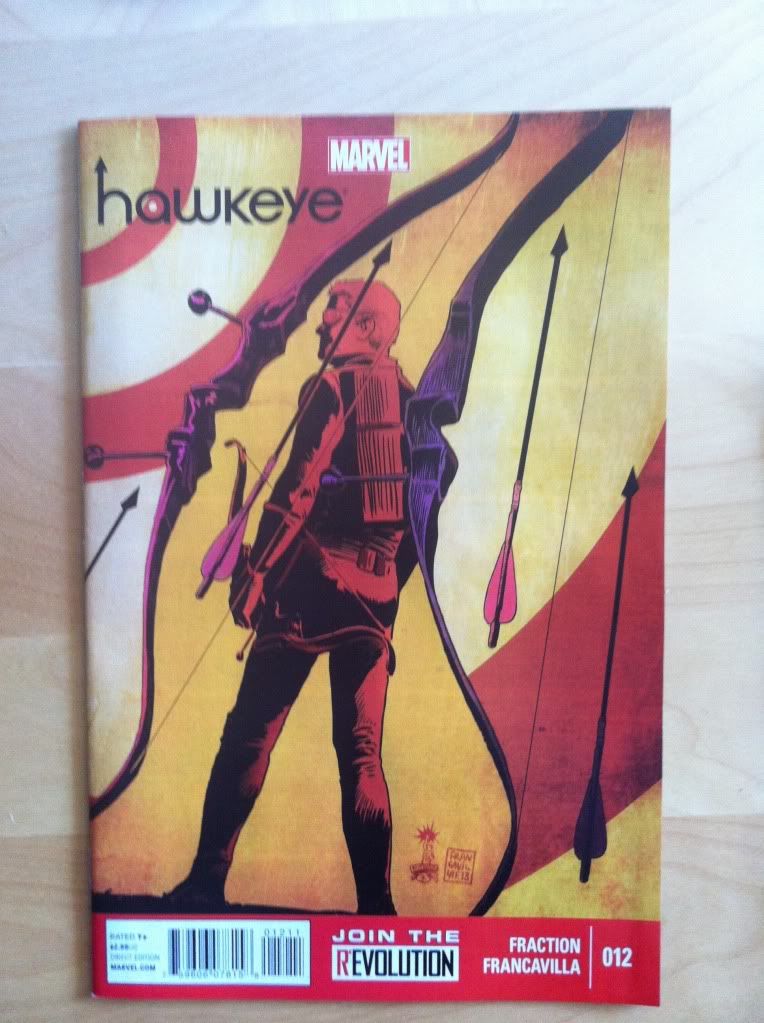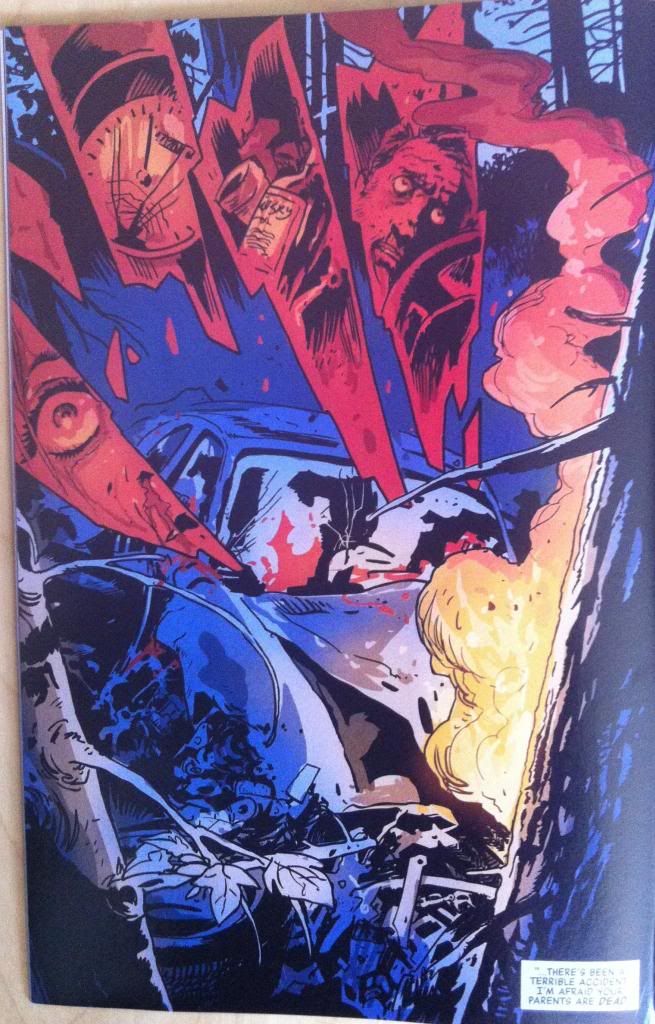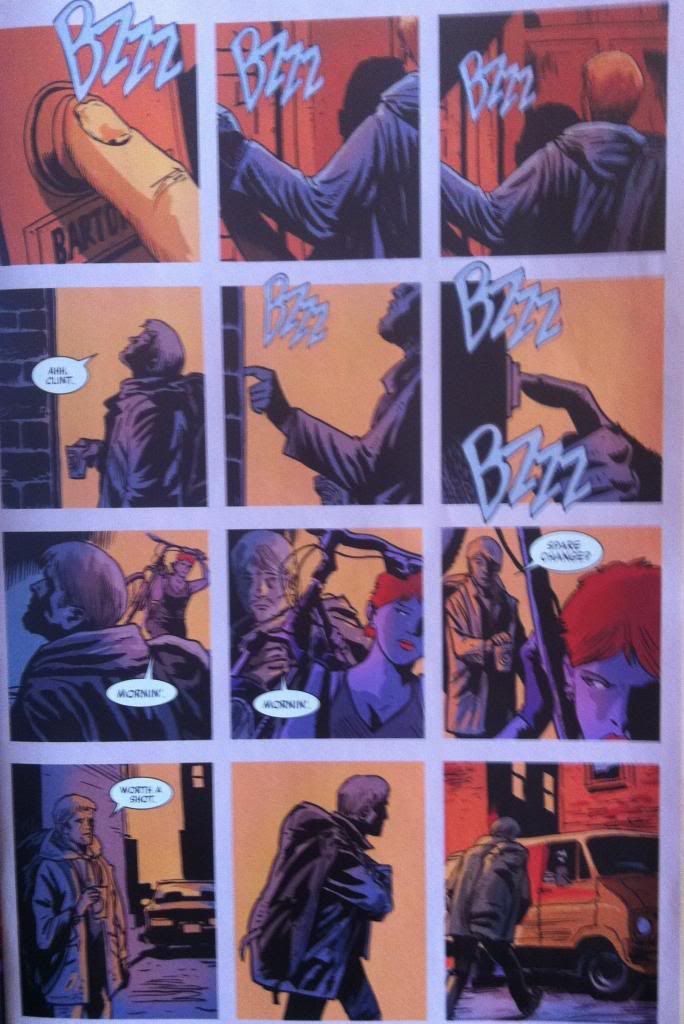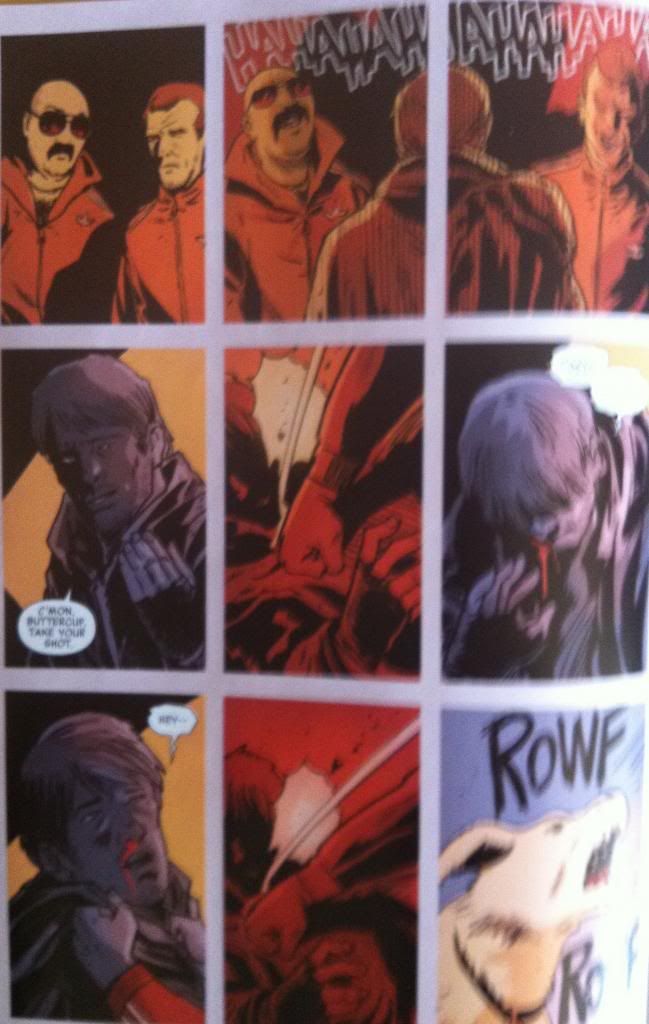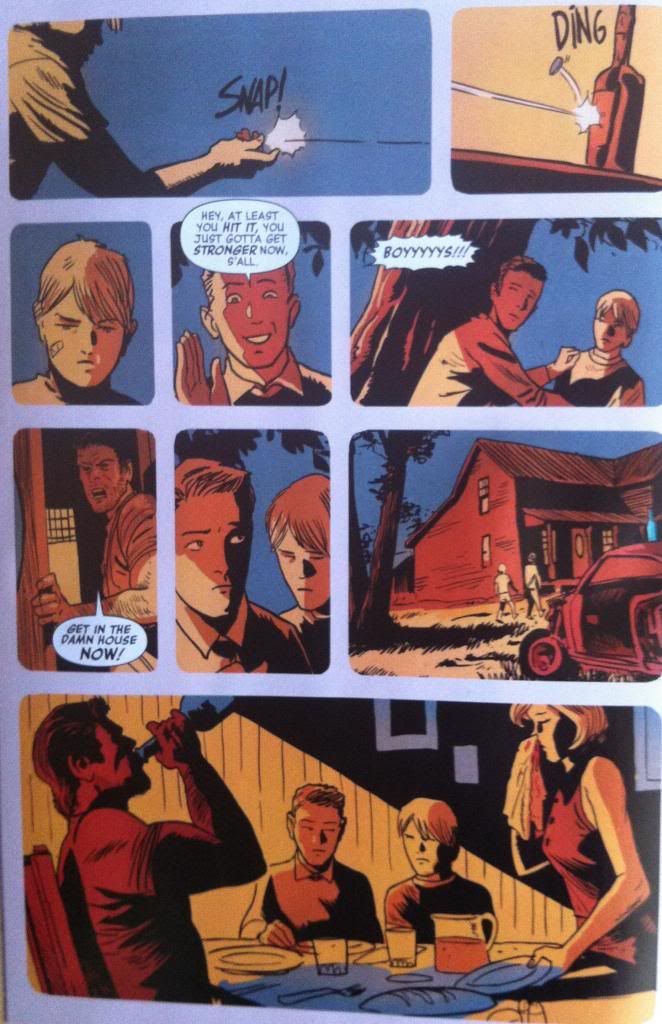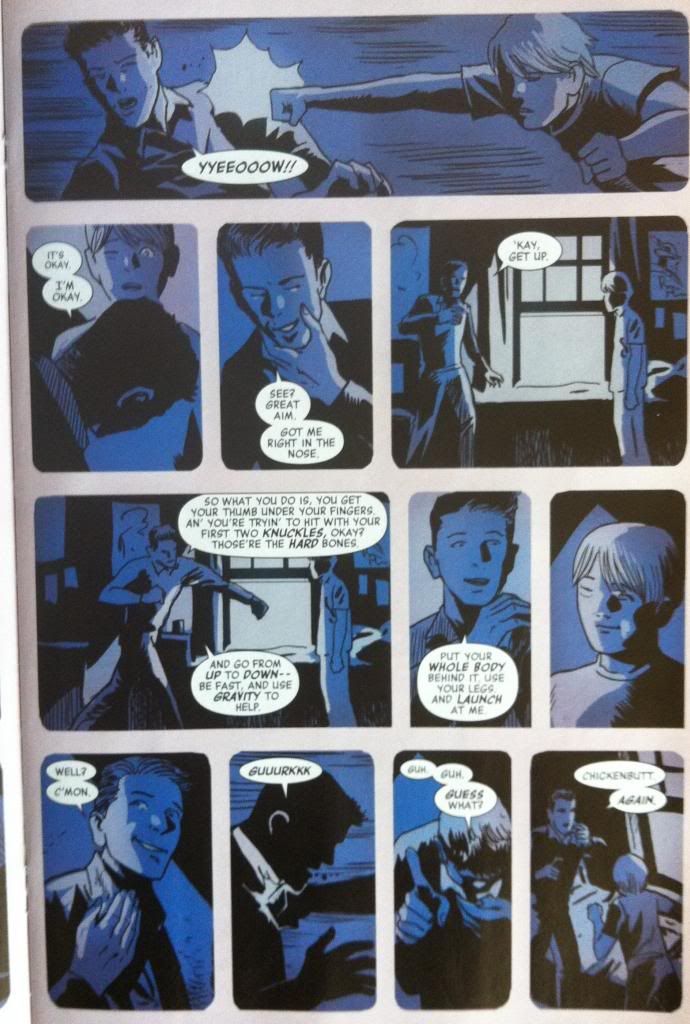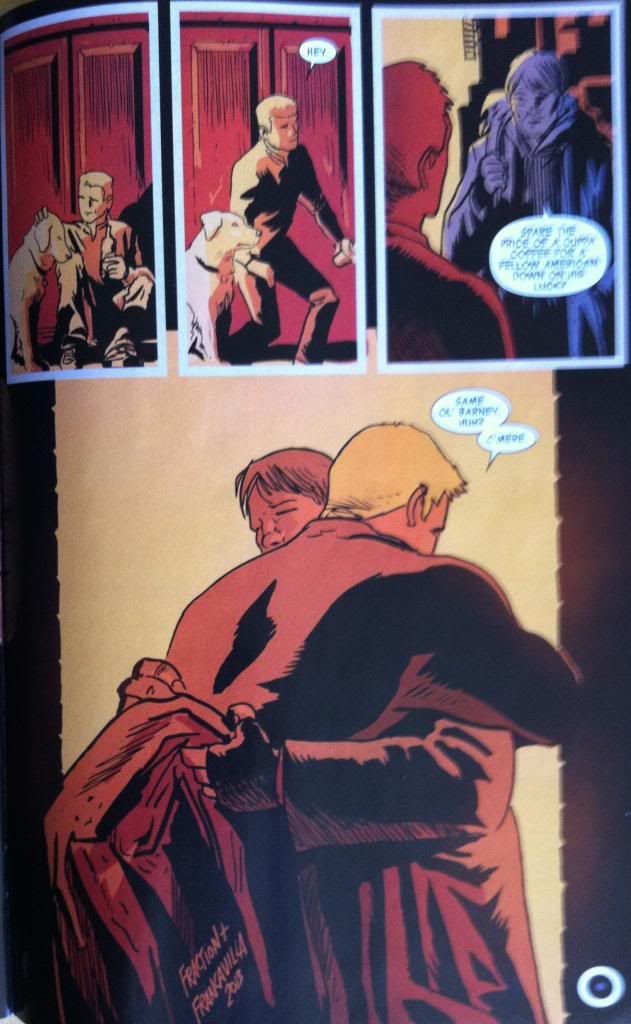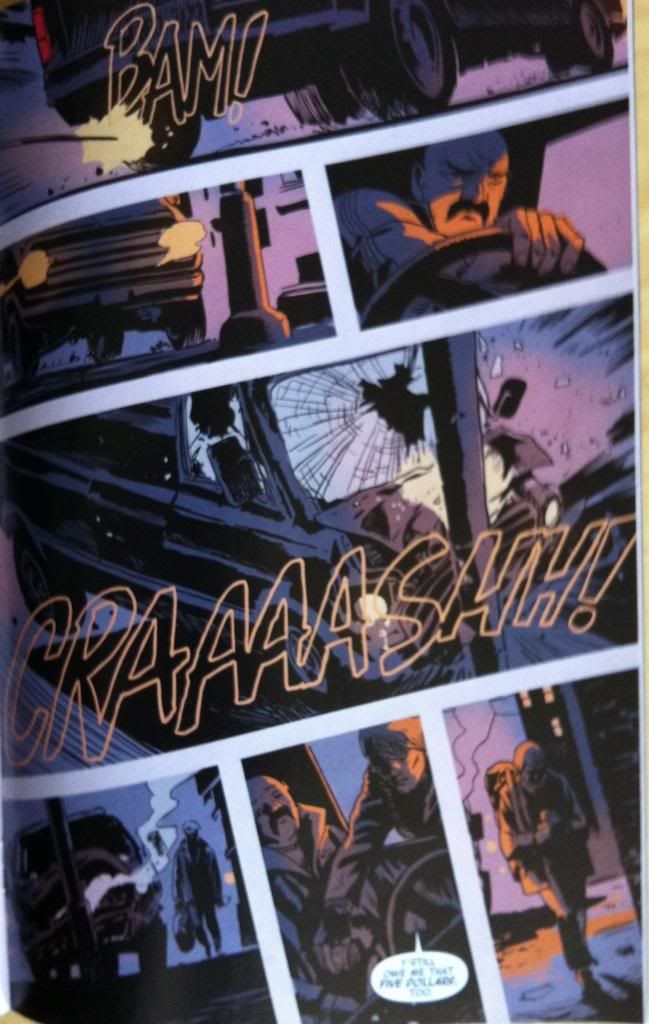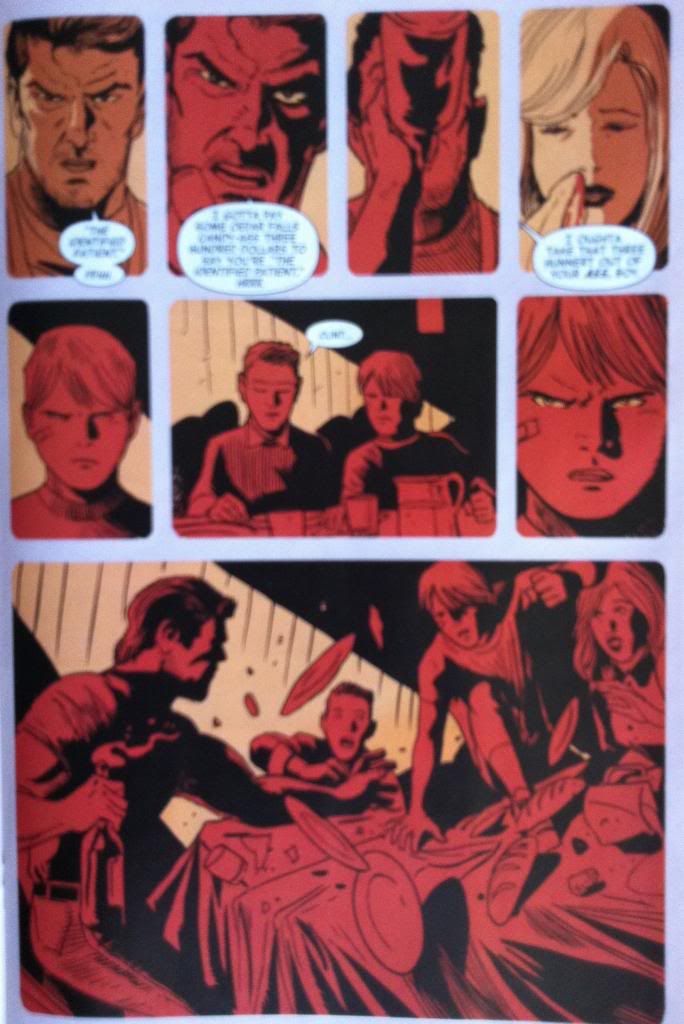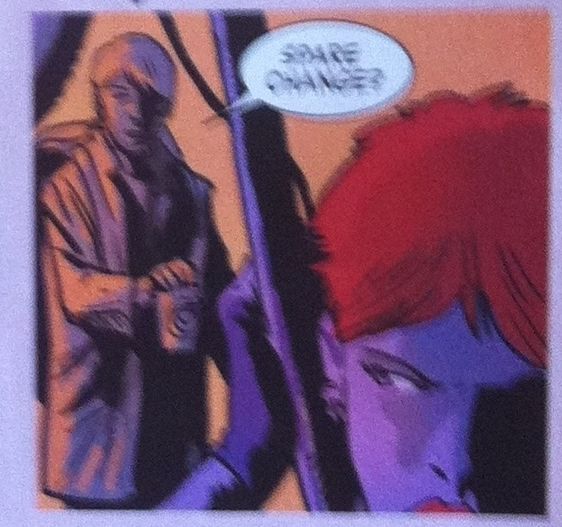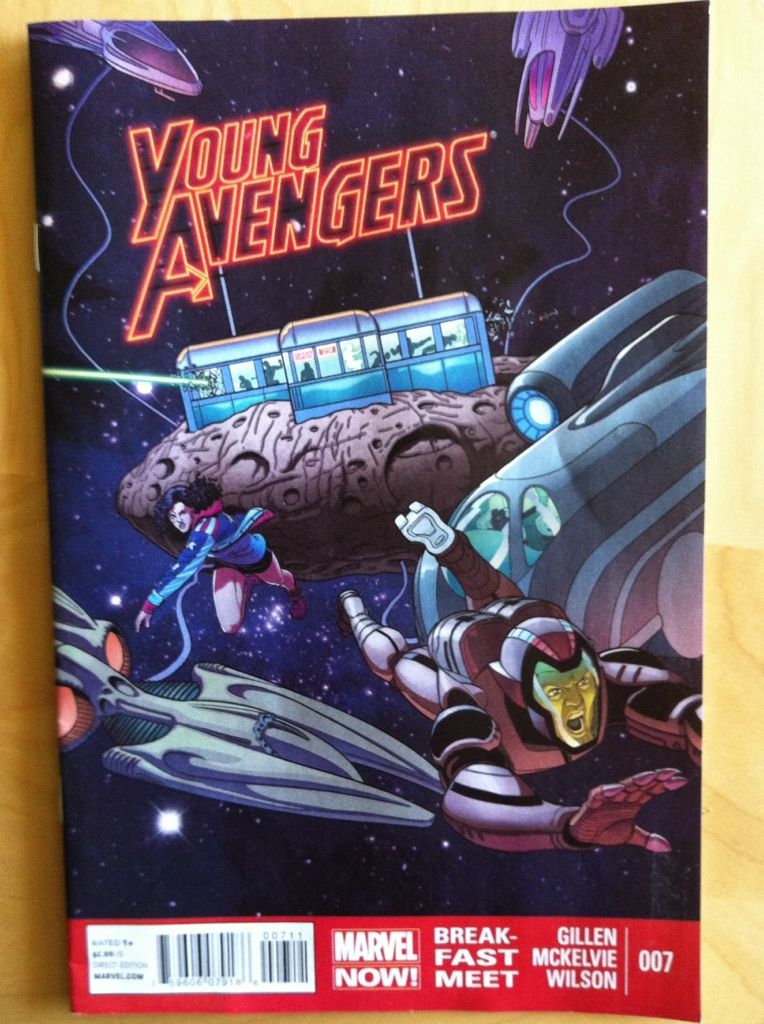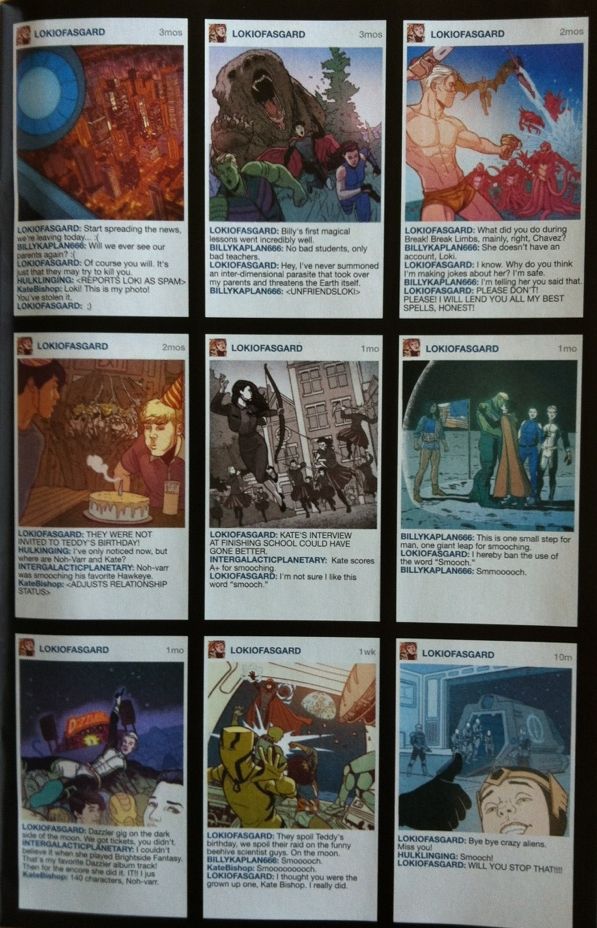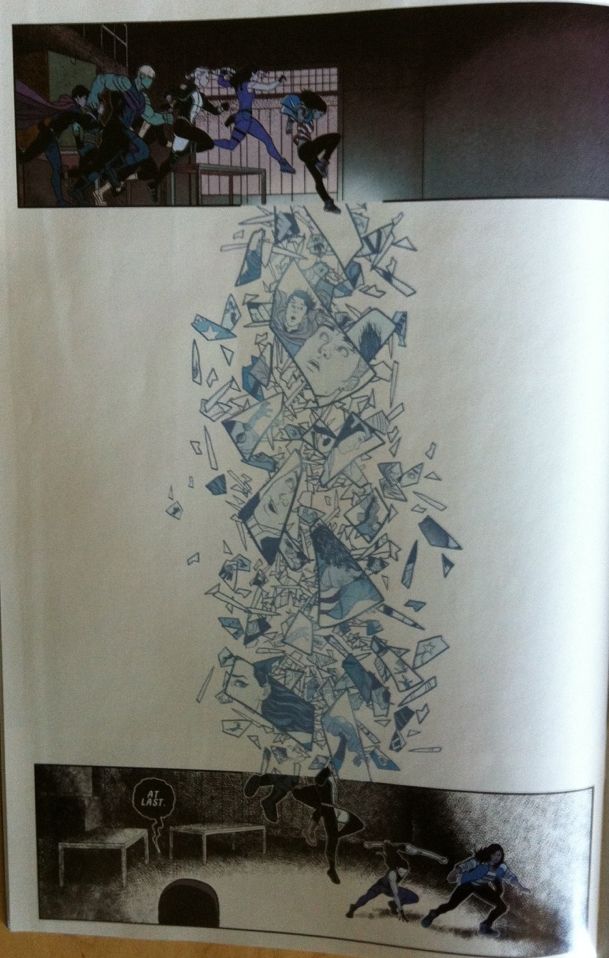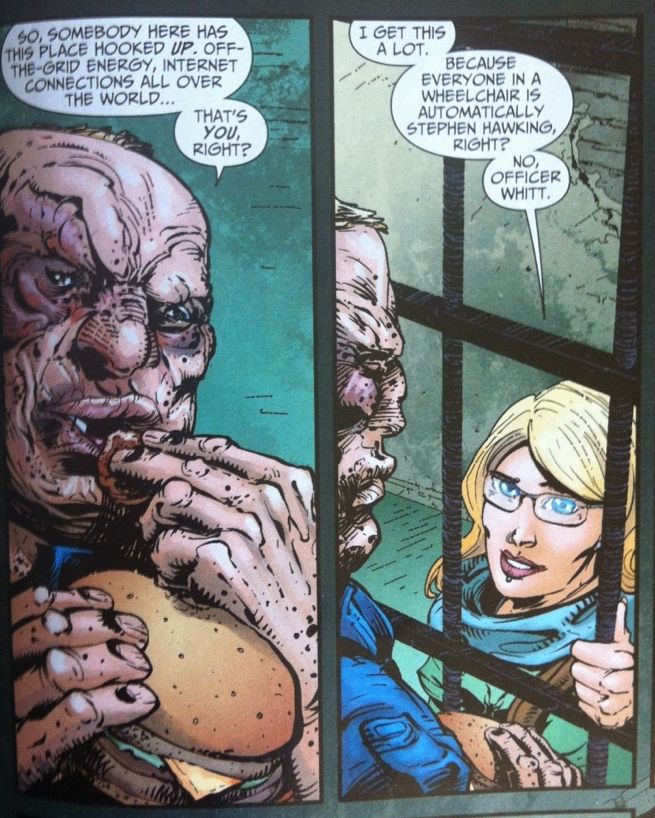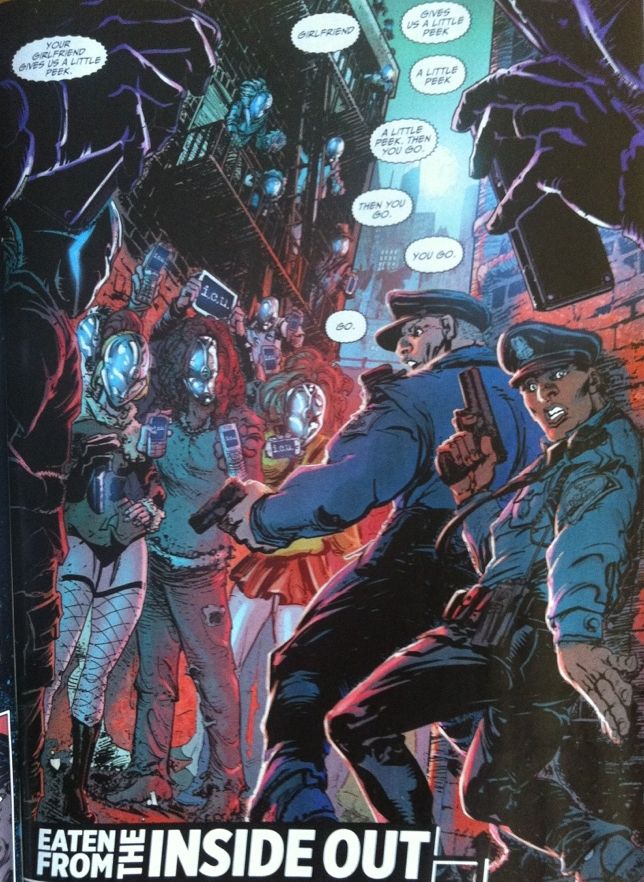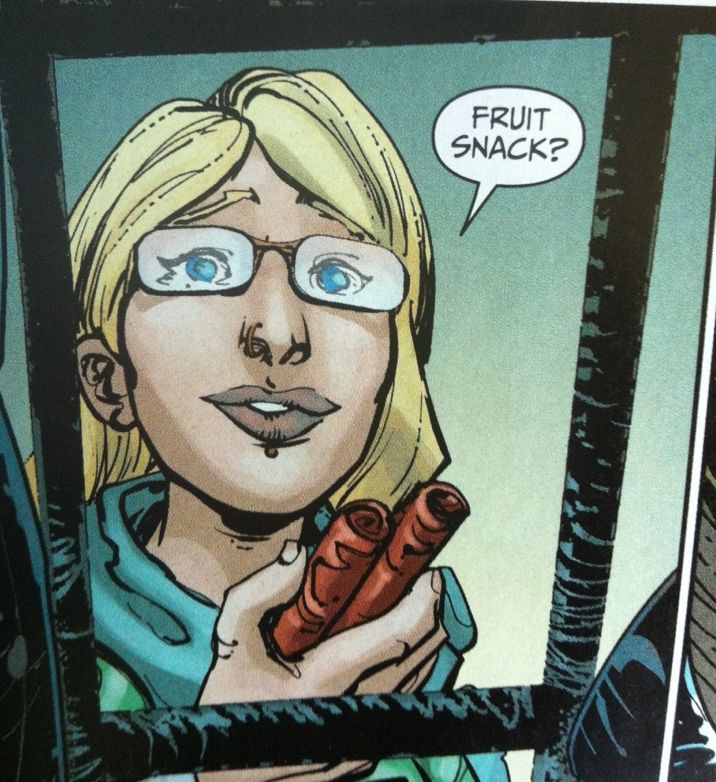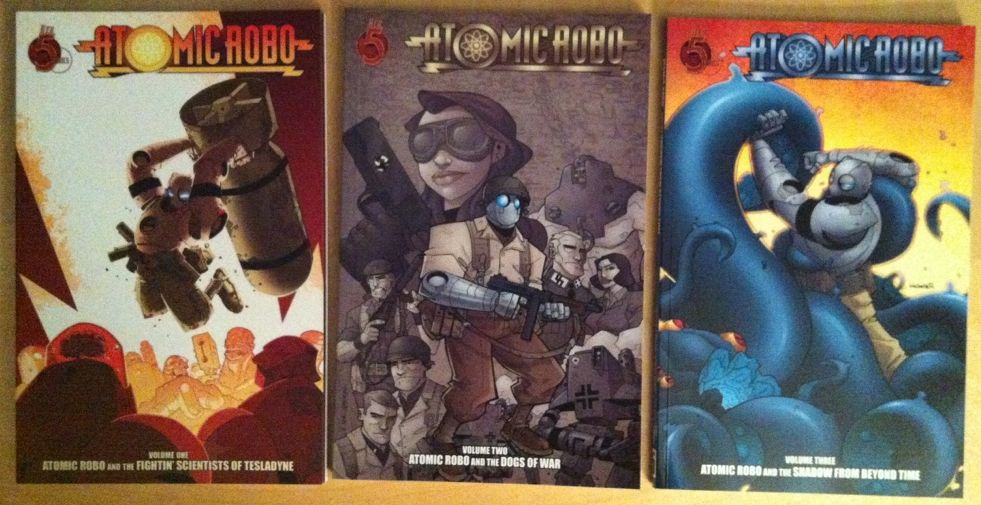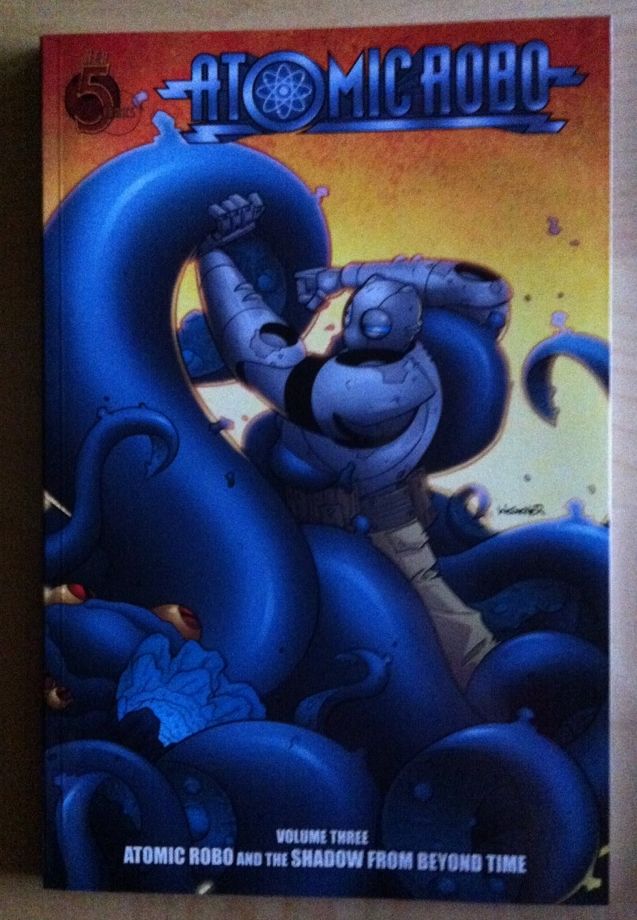A 250 word (or less) review of the second The Umbrella
Academy collection
Now this is more like it! I liked the first collection of The
Umbrella Academy, Apocalypse Suite. I thought it had some neat ideas, amazing
art, and solid storytelling, but felt that it was maybe too conventional? Too
adverse to risk? Like, that the premise had a certain amount of untapped potential,
which, if it could be wedded to Ba’s astounding art, could make The Umbrella
Academy a truly great comic. I am happy to report that Dallas lives up to the full
The Umbrella Academy potential. Dallas picks up where Apocalypse Suite leaves
off, with the super-powered orphans of the academy traumatized, maimed, and
scattered from the fallout of the previous chapter. Against this stark tableau
the secret future/history of Number 5 is revealed as well as the horrific
mission he and his family must undertake to save the future. It is, more than anything, a
confounding and brave comic. Where Apocalypse suite is kind of an avant garde
take on the Superhero formula, Dallas is just balls out crazy originality. It’s almost as if, with the basic
foundations of The Umbrella Academy world established, Way and Ba are free to
capitalize on their creativity. Every single page crackles with this manic
energy and nearly every scene goes in an unexpected, yet satisfying
direction. The entire comic is expansive and interesting and just utterly
weird. Dallas is absolutely its own thing and it’s great. The Umbrella Academy:
Dallas is the complete, realized Umbrella Academy package. It’s well worth reading.
